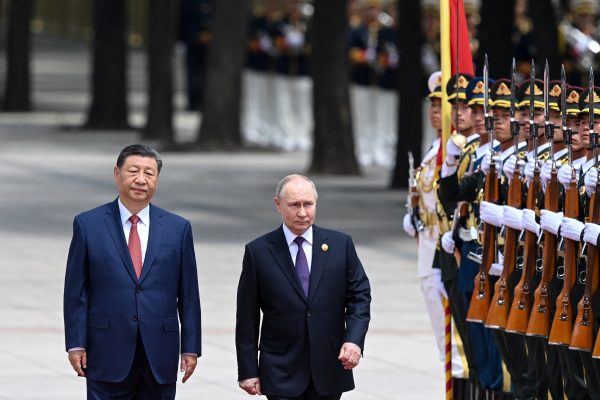Two Finnair aircraft flying from Helsinki to the Estonian city of Tartu in April had to turn around due to global positioning system (GPS) jamming, the latest in a growing series of incidents that have raised safety fears about flights in the region. The jammer is thought to be in Russian territory to the west of St Petersburg.
In recent months what used to be low-level jamming has dramatically increased.
“If someone turns off your headlights while you’re driving at night, it gets dangerous.,” Lithuania’s foreign minister, Gabrielius Landsbergis, told the Financial Times. “Things in the Baltic region near Russian borders are now getting too dangerous to ignore.”
Most aircraft have alternative systems to keep them safe, but some airports like Tartu have satellite-only landing systems. While there has been no official confirmation about the jammer’s location, open source intelligence (OSINT) researcher Markus Jonsson, who monitors GPS jamming in the Baltic Sea region, located the suspected jammer halfway between the Estonian border city of Narva and St. Petersburg.
In recent weeks, Jonsson has identified jammers in other parts of western Russia. While the motivation behind the attacks or the perpetrator cannot be definitively established, the Russian military is probably “trying to protect Kaliningrad from potential attacks by Ukrainian drones”, a Western official told the Financial Times.
Whether the jamming constitutes intentional aggression or is an accidental consequence of military activity is unclear, but the distinction matters as the affected countries consider how to respond. A similar scenario presented itself in September 2017, during Russia’s massive Zapad exercise in its westernmost regions, and again during NATO’s Trident Juncture exercise, held in Norway in October 2018.
GPS in northern Norway and Finland experienced disruption, airliners had to navigate manually, and smartphone users could no longer trust their phone maps and location services. The Norwegian airline Wideroe reported a loss of GPS signal in its airplanes flying in northern Norway. (more about these incidents here.)
In recent months, the GPS jamming has intensified with tens of thousands of flights affected, and some ships too. In the days immediately after Christmas, interference went from its typical green range, which indicates it’s below 2% of traffic, to red, which indicates it’s above 10%.
A commercial airline being forced to abandon a route as a result of GPS interference is no small thing — but it’s also not an act of war. Indeed, Finland, Estonia, and other Baltic Sea region countries are likely to struggle to prove that the Russian government was behind the interference and that it was intentional. Without such proof, any retaliation against Russia would be reckless.
That’s the nature of gray zone aggression: those targeted know it’s real, and it causes real harm. Yet because it’s not an act of outright military aggression, indeed sometimes deniable, the affected country has painfully limited ways to respond, let alone retaliate. Liberal democracies whose airlines are harmed by GPS jamming are simply not going to harm the suspected perpetrator’s airliners in response.
But NATO has a resilience paragraph — Article 3 of the North Atlantic Treaty. “The parties will work together to develop and maintain their ability to resist armed attacks through mutual aid and self-help,” it states.
Some of that is already happening. This now needs to include much stronger private-sector participation. Indeed, airlines like Finnair will have insights they can share with airlines that have so far not had the misfortune of experiencing GPS jamming. It could prove very useful in the future.
Elisabeth Braw is a Senior Fellow at the Atlantic Council.
Europe’s Edge is CEPA’s online journal covering critical topics on the foreign policy docket across Europe and North America. All opinions are those of the author and do not necessarily represent the position or views of the institutions they represent or the Center for European Policy Analysis.





